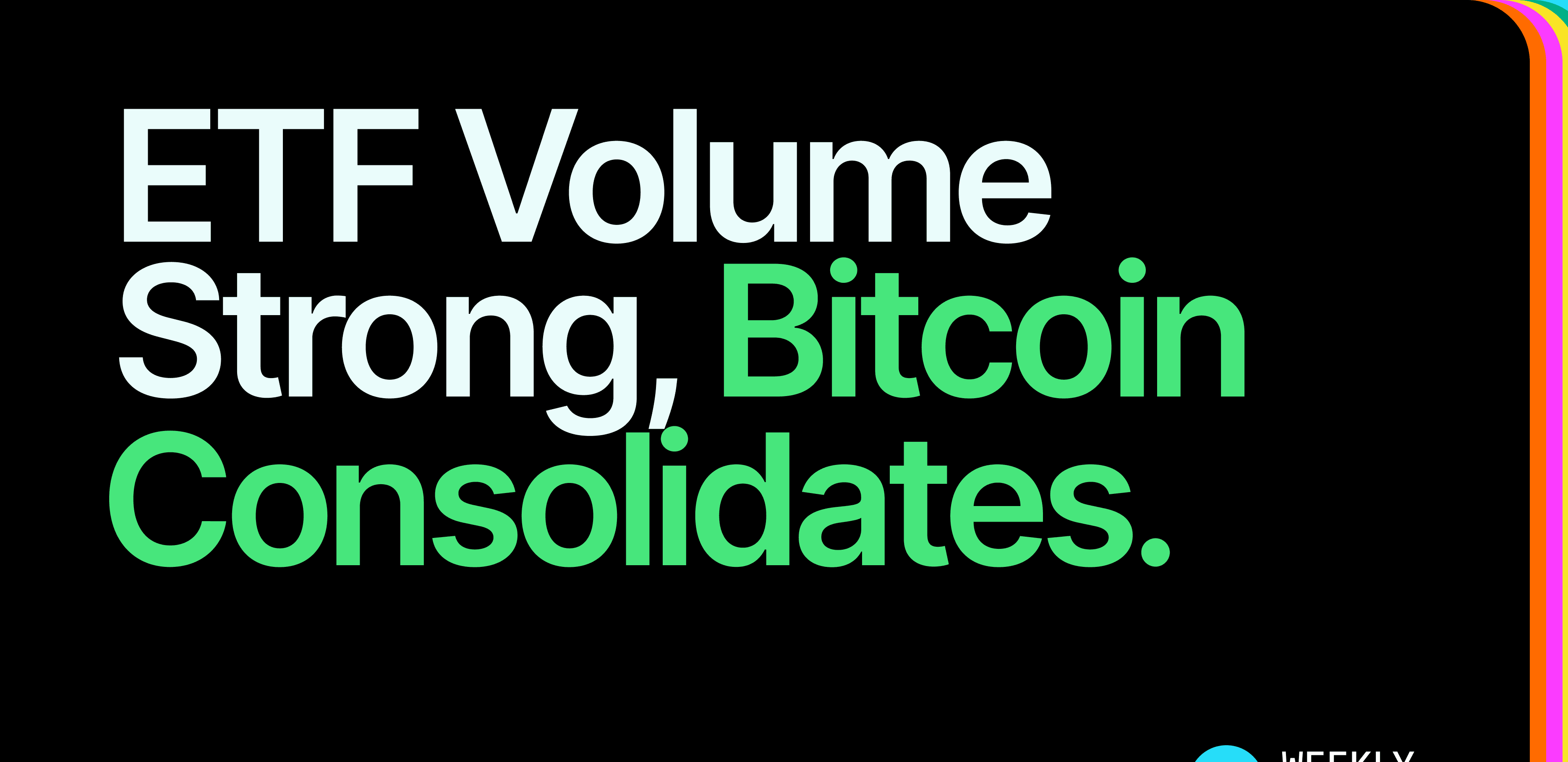
Which Feature Cannot Be Found in Bitcoin Complete Guide
Bitcoin, the world’s first and most renowned cryptocurrency, has revolutionised the financial landscape since its inception in 2009. Created by the pseudonymous Satoshi Nakamoto, Bitcoin introduced groundbreaking concepts like decentralised digital currency, blockchain technology, and peer-to-peer transactions without intermediaries. However, despite its pioneering status and widespread adoption, which features cannot be found in Bitcoin remains a crucial question for investors, developers, and cryptocurrency enthusiasts.
Bitcoin’s limitations are essential for making informed decisions about cryptocurrency investments and blockchain development. While Bitcoin excels in specific areas such as security, decentralisation, and store of value functionality, it lacks several advanced features that newer blockchain platforms and cryptocurrencies have implemented. These missing features range from innovative contract capabilities to energy-efficient consensus mechanisms, each representing significant technological and functional gaps.
The question of which feature cannot be found in Bitcoin becomes increasingly relevant as the cryptocurrency ecosystem continues to evolve. Modern blockchain platforms like Ethereum, Cardano, and Solana have introduced innovative features that address Bitcoin’s shortcomings, offering solutions for scalability, programmability, and environmental sustainability. By examining these absent features, we can better appreciate both Bitcoin’s strengths and its limitations in the current cryptocurrency landscape.
Smart Contract Functionality: The Most Notable Missing Feature
Smart Contracts
One of the most significant answers to the question of which feature cannot be found in Bitcoin is comprehensive smart contract functionality. Smart contracts are self-executing contracts with terms directly written into code, automatically enforcing agreements without the need for intermediaries. While Bitcoin has basic scripting capabilities through Bitcoin Script, it lacks the Turing-complete programming environment necessary for complex smart contracts.
Bitcoin’s scripting language is intentionally limited and stack-based, designed primarily for simple transaction verification rather than complex computational tasks. This limitation means that Bitcoin cannot natively support decentralised applications (dApps), automated market makers, or sophisticated financial instruments that have become commonplace on platforms like Ethereum.
Impact on Decentralised Finance (DeFi)
The absence of robust innovative contract capabilities severely limits Bitcoin’s participation in the rapidly growing DeFi ecosystem. While Bitcoin can be wrapped or bridged to other networks to participate in DeFi protocols, it cannot natively host lending platforms, decentralised exchanges, or yield farming protocols. This limitation has positioned Bitcoin more as a digital store of value rather than a platform for financial innovation.
The lack of smart contract functionality also means that Bitcoin cannot support non-fungible tokens (NFTs), gaming applications, or complex governance systems that require programmable logic. These limitations have led to the emergence of Bitcoin Layer 2 solutions and sidechains attempting to add innovative contract capabilities while maintaining Bitcoin’s security guarantees.
Proof-of-Stake Consensus Mechanism

Energy Efficiency Concerns
Another critical feature that Bitcoin lacks is the Proof-of-Stake (PoS) consensus mechanism. Bitcoin relies exclusively on Proof-of-Work (PoW), which requires enormous computational power and energy consumption to secure the network. This energy-intensive approach has drawn significant criticism from environmental advocates and regulators worldwide.
Proof-of-Stake mechanisms, implemented by cryptocurrencies like Ethereum 2.0, Cardano, and Polkadot, offer a more energy-efficient alternative. PoS systems validate transactions based on the stake held by validators rather than computational power, reducing energy consumption by over 99% compared to Bitcoin’s PoW system.
Scalability and Speed Benefits
The PoS consensus mechanism also enables faster transaction processing and better scalability. While Bitcoin’s PoW system processes approximately seven transactions per second, PoS networks can handle thousands of transactions per second. This scalability advantage makes PoS networks more suitable for everyday payments and high-frequency applications.
The absence of PoS capability means Bitcoin cannot easily upgrade to more efficient consensus mechanisms without fundamental changes to its protocol, which would require unprecedented consensus among the Bitcoin community. This limitation has led to ongoing debates about Bitcoin’s long-term sustainability and competitiveness.
Native Multi-Asset Support
Token Issuance Limitations
When examining which feature cannot be found in Bitcoin, native multi-asset support stands out as a significant limitation. Unlike platforms like Ethereum, which can host thousands of different tokens and assets, Bitcoin’s blockchain is designed specifically for Bitcoin transactions. While solutions like Omni Layer and Liquid Network have attempted to add token functionality to Bitcoin, these require additional layers and aren’t native to the protocol.
This limitation means that Bitcoin cannot natively support stablecoins, utility tokens, or asset-backed tokens without relying on external solutions. The inability to create and manage multiple assets on the same blockchain reduces Bitcoin’s versatility compared to modern blockchain platforms.
Impact on Asset Tokenisation
The lack of native multi-asset support also limits Bitcoin’s role in asset tokenisation and digital asset creation. Real estate tokenisation, commodity-backed tokens, and corporate tokens require platforms that can natively handle multiple asset types with different properties and rules. Bitcoin’s single-asset design makes it unsuitable for these use cases without significant workarounds.
Governance Mechanisms and Voting Systems

Decentralised Decision Making
Another answer to the question of which feature cannot be found in Bitcoin is the lack of formal on-chain governance mechanisms. While Bitcoin’s development follows a consensus-driven approach, it lacks native voting systems or governance tokens that allow stakeholders to participate directly in protocol decisions. Modern cryptocurrencies like Tezos, Cosmos, and Polkadot have implemented sophisticated governance systems that enable token holders to vote on protocol upgrades and parameter changes.
This absence of formal governance structures means that Bitcoin upgrades require informal consensus among miners, developers, and users, which can lead to controversial hard forks or slow adoption of improvements. The governance limitation has been highlighted during debates over block size increases and other protocol modifications.
Proposal and Implementation Processes
Bitcoin’s lack of on-chain governance means that protocol improvements must go through the Bitcoin Improvement Proposal (BIP) process, which relies on off-chain coordination and social consensus. While this approach has maintained Bitcoin’s stability and security, it can slow innovation and make it challenging to implement necessary changes quickly.
Advanced Privacy Features
Privacy Limitations in Bitcoin
Despite common misconceptions, Bitcoin is not truly anonymous, and advanced privacy features represent another area where Bitcoin falls short. Bitcoin transactions are pseudonymous, meaning they can be traced and linked to real-world identities through blockchain analysis. Privacy-focused cryptocurrencies like Monero, Zcash, and Dash have implemented advanced cryptographic techniques to provide stronger privacy protection.
Bitcoin’s transparent ledger means that all transactions are publicly visible, including amounts, addresses, and timing. While users can employ mixing services or privacy techniques, these are external solutions rather than built-in protocol features.
Regulatory and Adoption Implications
The lack of native privacy features has both advantages and disadvantages for Bitcoin. While the transparent nature of Bitcoin transactions appeals to regulators and institutions requiring audit trails, it limits Bitcoin’s utility for users seeking financial privacy. Privacy coins have addressed this need by implementing zero-knowledge proofs and other cryptographic techniques that Bitcoin lacks.
Interoperability and Cross-Chain Communication
Cross-Chain Limitations
Cross-chain interoperability represents another significant feature absent from Bitcoin’s native protocol. While Bitcoin can interact with other blockchains through bridges and wrapped tokens, it lacks native interoperability features that would allow seamless communication and value transfer between different blockchain networks.
Modern blockchain platforms like Cosmos and Polkadot have built interoperability into their core design, enabling direct communication between different blockchain networks. This capability allows for more complex multi-chain applications and value transfers that Bitcoin cannot natively support.
Impact on Ecosystem Integration
The absence of native interoperability limits Bitcoin’s integration with the broader cryptocurrency ecosystem. While solutions like the Lightning Network and various bridge protocols have improved Bitcoin’s connectivity, these require additional infrastructure and introduce new security considerations.
Programmable Monetary Policy
Fixed Supply vs. Flexible Policies
Bitcoin’s fixed supply of 21 million coins is often cited as a feature, but the inability to adjust monetary policy programmatically is another limitation. Some newer cryptocurrencies have implemented algorithmic monetary policies that can adjust supply based on network conditions, demand, or governance decisions.
This inflexibility means Bitcoin cannot adapt its economic model to changing circumstances or implement features like elastic supply or deflationary mechanisms that respond to network usage. While Bitcoin’s fixed supply provides predictability, it also limits the network’s ability to optimise its economic incentives.
Layer 2 Integration and Scalability Solutions
Scalability Challenges
While Bitcoin has the Lightning Network as a Layer 2 solution, native Layer 2 integration and advanced scalability features remain limited compared to newer blockchain architectures. Modern platforms like Ethereum have designed their protocols with Layer 2 scaling in mind, providing better integration and more scalability options.
Bitcoin’s Layer 2 solutions often require complex setups and may not provide the same user experience as native scaling solutions. This limitation affects Bitcoin’s ability to serve as a medium of exchange for everyday transactions.
Environmental Sustainability Features
Carbon Neutrality and Green Mining
The absence of environmental sustainability features in Bitcoin’s core protocol represents a growing concern. While individual miners can choose renewable energy sources, Bitcoin lacks protocol-level mechanisms to incentivise or enforce environmental sustainability.
Some newer cryptocurrencies have implemented carbon offset mechanisms, green mining incentives, or environmentally conscious consensus algorithms that Bitcoin cannot adopt without fundamental changes to its architecture.
Also Read: Buy Bitcoin Future Now: Top 7 Strategies That Crush Doubt
Conclusion
Which feature cannot be found in Bitcoin reveals both the cryptocurrency’s strengths and limitations in the evolving blockchain landscape. While Bitcoin remains unparalleled in terms of security, decentralisation, and adoption as a store of value, it lacks several advanced features that newer blockchain platforms have implemented.
The most significant missing features include comprehensive smart contract functionality. Proof-of-Stake consensus mechanisms, native multi-asset support, on-chain governance systems, advanced privacy features, cross-chain interoperability, programmable monetary policy. Integrated Layer 2 scaling solutions and environmental sustainability mechanisms.
These limitations don’t diminish Bitcoin’s importance as the pioneering cryptocurrency and digital store of value. Instead, they highlight the specialised nature of Bitcoin’s design and the trade-offs made to prioritise security and decentralisation over advanced functionality. As the cryptocurrency ecosystem continues to evolve, Bitcoin’s role may become more focused on its core strengths. At the same time, the other platforms handle more complex applications and features.
For investors and users, these missing features are crucial for making informed decisions about cryptocurrency adoption and investment strategies. At the same time, Bitcoin may not have all the advanced features of newer platforms. Its proven track record, widespread adoption, and robust security continue to make it a cornerstone of the cryptocurrency ecosystem.







